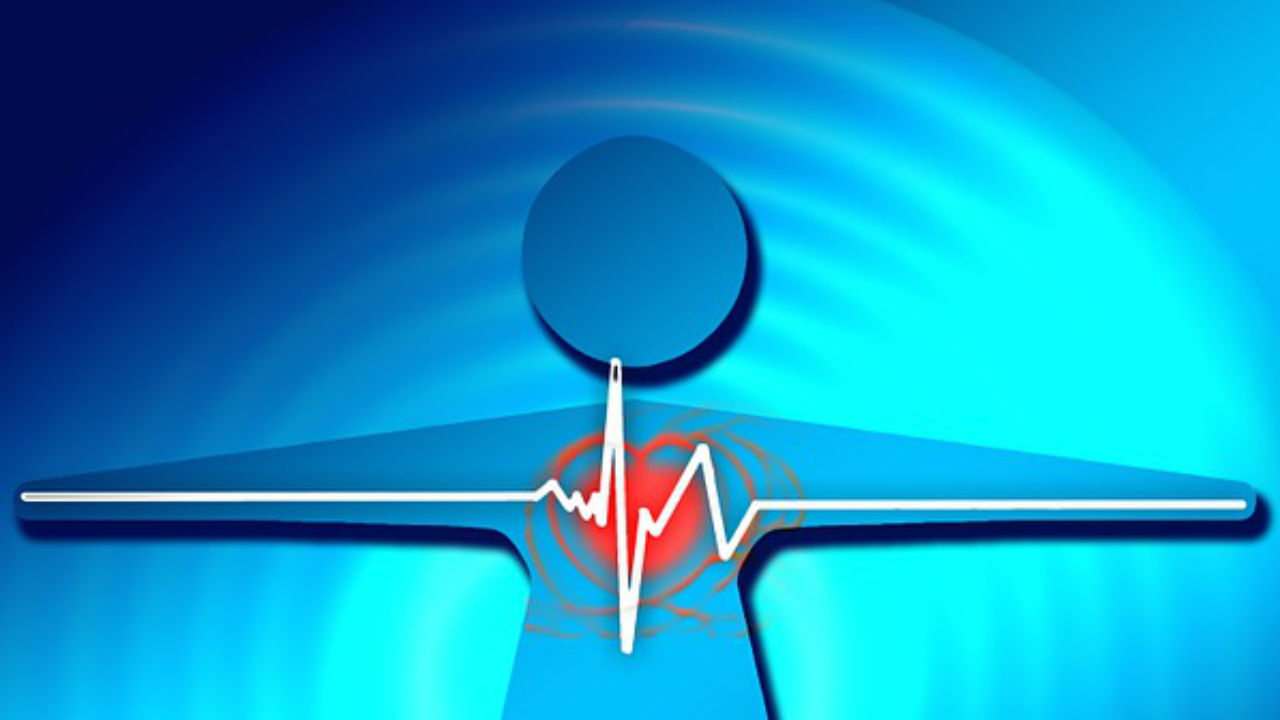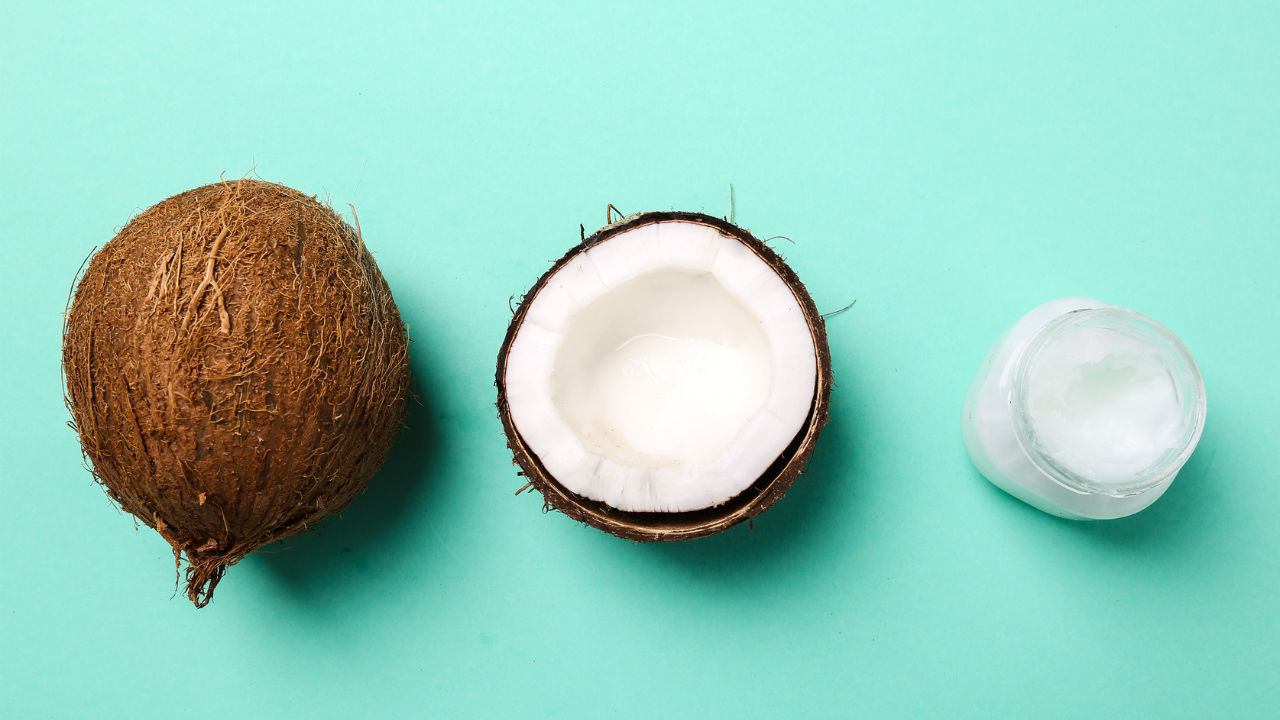Valve replacement surgery is a procedure which replaces a damaged heart valve with either a mechanical or biological valve. Valve replacement surgery is considered when either damage to, infection of, or a defect of the heart valve severely affects normal cardiac function. The four heart valves (tricuspid, pulmonary, mitral, and aortic) are responsible to preventing the backflow of blood, and compromise to these valves can limit blood supply and lead to organ death. To prevent further weakening of the heart and damage to internal organs, a prosthetic valve can replace the faulty valve.
Two types of prosthetic heart valves are available: a mechanical prosthetic and a biological prosthetic. Mechanical valves come in three different varieties, caged ball, single leaflet or tilting disc, and bileaflet, made of metal, ceramic, and cloth. Mechanical prosthetics typically last longer than biological prosthetics; however, long-term blood thinning medication will be needed to reduce clot formation around the prosthetic.
Biological prosthetics can be made from animal as well as human tissue. The most common replacement valves use porcine valves or bovine pericardium. In some cases, preserved human aortic valves can be transplanted into patients during valve replacement surgery. While long-term blood thinning medication is not required, biological valves do not last as long as mechanical valves. Mechanical prostheses can fail as a result of calcification, thrombus formation, senture dehiscence, embolization, acute valvular regurgitation, or breakdown of mechanical components. Most biological prosthetics last 12-15 years before a replacement is needed, while mechanical prosthetics last 20-30 years. Biological prostheses are more likely to fail as a result of degeneration, calcification, or thrombus formation.
Some complications can occur during the replacement of the valve. Primary complications include prosthetic valve endocarditis (PVE), prosthetic valve thrombosis (PVT), thromboembolism, mechanical hemolytic anemia, and anticoagulant-related hemorrhages. Prosthetic valve thrombosis is more common in mechanical prostheses, with caged ball valves having the highest incidence and bileaflet valves having the lowest. Mortality rates for early PVE are 74 percent while late PVE has a mortality rate of 43 percent, while anticoagulant-induced hemorrhages have a morality rate of 0.5 percent per year. Fungal etiology has a mortality rate of 93 percent in valve replacement patients, while staphylococcal infections have a mortality rate of 93 percent.
The risk of complication and prosthesis failure is dependent on past medical history, genetics, current health, and the prosthesis used. If you are undergoing valve replacement surgery, it is important to consider the risks and benefits of each type of prosthesis. Additional medication and surgery may be required which can affect the success of the replacement.






Add a CommentComments
There are no comments yet. Be the first one and get the conversation started!